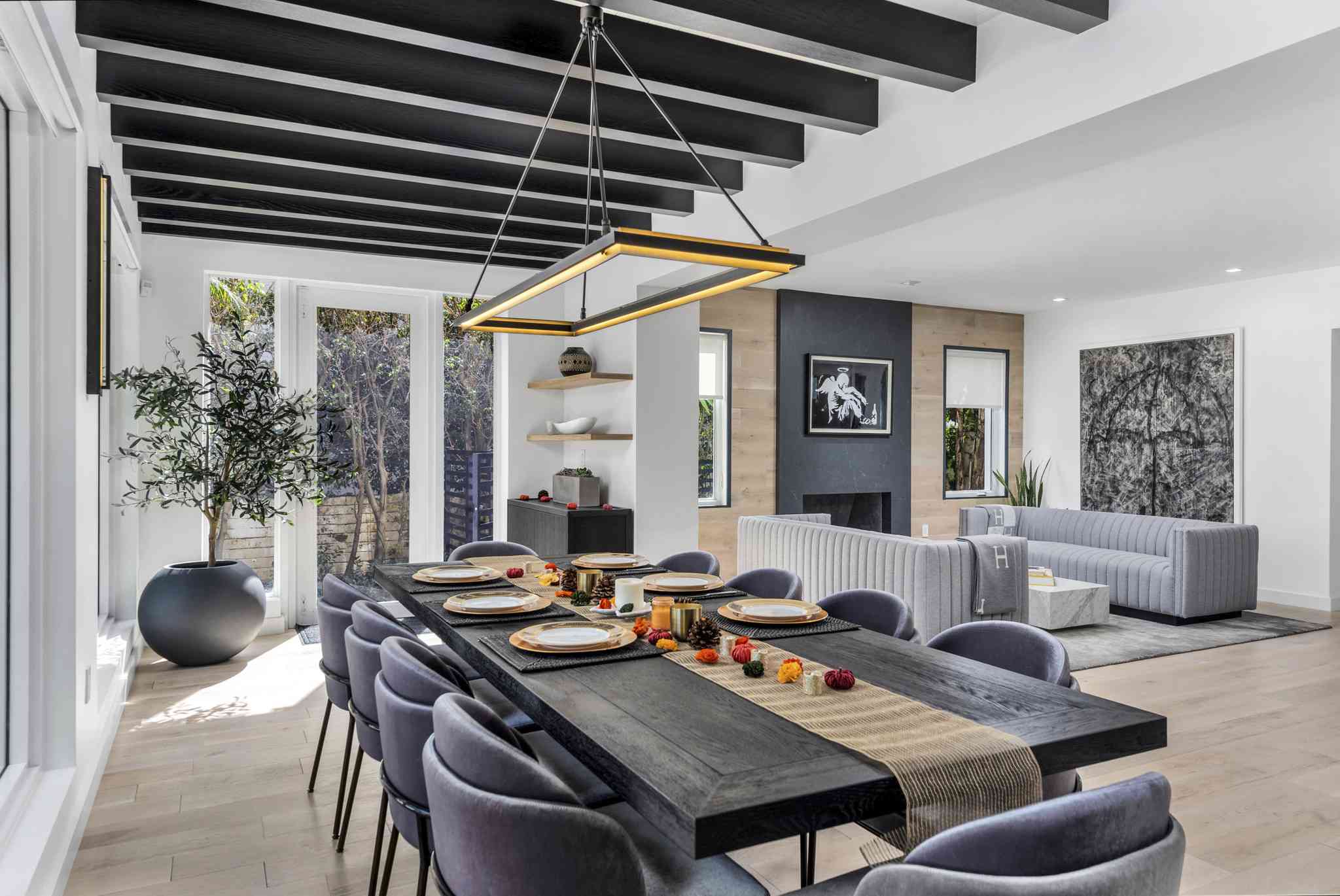

Furniture
How To Size A Chandelier For A Room
Modified: October 20, 2024
Learn how to properly size a chandelier for your room with helpful tips and guidelines. Enhance your furniture's style with the perfect chandelier size.
(Many of the links in this article redirect to a specific reviewed product. Your purchase of these products through affiliate links helps to generate commission for Storables.com, at no extra cost. Learn more)
Introduction
Choosing the right chandelier for a room can be a daunting task. Not only does it need to complement the decor and style of the space, but it also needs to be properly sized to ensure it fits well within the room’s dimensions. Sizing a chandelier correctly is crucial not only for aesthetic purposes but also for practical reasons.
A chandelier that is too large or too small for a room can throw off the balance and harmony of the space. It can overpower a small room or get lost in a large room, creating an imbalance that is visually unappealing. Additionally, a chandelier that is too bright or too dim can affect the overall ambiance and functionality of the room.
Therefore, it is essential to understand the factors that go into sizing a chandelier properly. By considering the height, width, total wattage, and the design of the room, you can find the perfect chandelier that not only enhances the aesthetic appeal but also provides the desired lighting experience.
In this article, we will delve deeper into the various aspects of sizing a chandelier for a room. Whether you are looking to install a chandelier in your dining room, living room, or any other space, these guidelines will help you make an informed decision and bring elegance and warmth to your home.
Key Takeaways:
- Proper chandelier sizing is crucial for visual balance and lighting effect. Consider room size, ceiling height, and total wattage to ensure the chandelier fits harmoniously and provides adequate illumination.
- When hanging a chandelier, follow practical tips for a safe and successful installation. Turn off the power, choose the right mounting, and ensure proper support to transform your space into an elegant showcase.
Read more: What Size Chandelier For A Dining Room
Understanding the Importance of Proper Chandelier Sizing
Proper chandelier sizing is crucial for several reasons. Firstly, it ensures that the chandelier fits well within the dimensions of the room, creating a balanced and visually appealing look. A chandelier that is too small for a room may get lost and fail to make a significant impact, while a chandelier that is too large can overpower the space and make it feel cramped.
Secondly, proper sizing is essential for achieving the desired lighting effect in the room. The size of the chandelier influences the amount of light it emits and how it is distributed throughout the space. A too small chandelier may not provide sufficient brightness, while a chandelier that is too bright can be overwhelming and uncomfortable to be around.
Additionally, proper chandelier sizing takes into account the ceiling height and the room’s overall design. A low ceiling requires a chandelier with a compact design to avoid a crowded look, while a high ceiling can accommodate a larger chandelier with a more elaborate design.
By understanding the importance of proper chandelier sizing, you can choose a chandelier that not only enhances the aesthetics of your space but also creates the right ambiance and lighting experience. Now let’s explore the various factors you need to consider before sizing a chandelier for a room.
Factors to Consider Before Sizing a Chandelier
Before you begin the process of sizing a chandelier for a room, there are several important factors you need to consider. These factors will help you determine the appropriate size and style of chandelier that will best suit your space. Let’s take a closer look at each of these factors:
- Room Size: The size of the room plays a significant role in determining the size of the chandelier. Larger rooms can accommodate larger chandeliers, while smaller rooms should have more compact chandeliers to maintain balance and proportion.
- Ceiling Height: The height of the ceiling is another crucial factor to consider. For higher ceilings, you can opt for a taller chandelier to fill the vertical space. For lower ceilings, a shorter chandelier or a semi-flush mount fixture may be more appropriate.
- Room Function: Consider the intended function of the room when selecting a chandelier. For example, if the chandelier is for a dining room, ensure it provides adequate lighting for dining tasks and creates a warm and inviting ambiance.
- Style and Decor: The style and decor of the room should guide your choice of chandelier. Consider the existing design elements, such as furniture, color schemes, and architectural details, to select a chandelier that complements the overall aesthetic.
- Personal Preference: Ultimately, your personal preference and taste should also be a factor in choosing a chandelier. It’s important that you love the chandelier and feel that it reflects your style and personality.
By taking these factors into account, you can determine the appropriate size and style of chandelier that will enhance the overall look and feel of your room. In the next sections, we’ll dive deeper into how to determine the height, width, and total wattage for the chandelier.
Determining the Height of the Chandelier
The height of a chandelier is an important consideration to ensure it hangs at the appropriate level in the room. To determine the ideal height for your chandelier, follow these steps:
- Measure the Room Height: Start by measuring the height of the room from the floor to the ceiling. This measurement will help you determine the appropriate scale for the chandelier.
- Consider the Ceiling Height: Take into account the height of your ceiling. When hanging the chandelier, there should be enough clearance between the bottom of the fixture and the floor or any furniture below. As a general guideline, allow for a clearance of at least 7 feet.
- Apply the Proportional Rule: For rooms with standard 8 to 9-foot ceilings, a chandelier that hangs 30 to 36 inches above the table or the highest point of the furniture is recommended. For rooms with higher ceilings, you can increase this clearance proportionally. For example, if your ceiling is 10 feet high, hang the chandelier 40 to 46 inches above the table or furniture.
- Adjust for Visual Appeal: Remember that the chandelier should also be visually appealing and create a focal point in the room. If you have a two-story foyer or a grand space, you may need to adjust the hanging height to make a bold statement and fill the vertical space adequately.
Keep in mind that these measurements are guidelines and can be adjusted based on personal preference and the specific layout of your room. It’s important to assess the height of the chandelier in relation to the room size, furniture placement, and the visual impact you want to achieve.
Now that you have determined the appropriate height for your chandelier, let’s move on to understanding how to determine the width or diameter of the chandelier.
Determining the Width or Diameter of the Chandelier
The width or diameter of a chandelier is equally important as its height. To ensure the chandelier fits well within the space and maintains visual balance, follow these steps to determine the appropriate width or diameter:
- Measure the Room Width: Begin by measuring the width of the room. This measurement will provide a guideline for selecting a chandelier that is proportionate to the space.
- Consider the Furniture Placement: Take into account the size and placement of the furniture in the room, especially if you plan to hang the chandelier above a dining table or center it in a seating area. The chandelier should be appropriately sized to fit within the furniture arrangement.
- Apply the Room Width Rule: As a general rule of thumb, the width or diameter of the chandelier should be about one-half to three-fourths of the width of the table or area it will be placed above. This will create a visually balanced look and prevent the chandelier from overpowering the space.
- Consider Multiple Chandeliers: In larger spaces or rooms with multiple seating areas, you may opt for multiple smaller chandeliers or a linear chandelier to create balance and provide adequate lighting coverage.
Remember that these measurements are not strict rules, but rather guidelines to help you select a chandelier with the right proportions for your room. It’s important to assess the width or diameter of the chandelier in relation to the room size, furniture placement, and desired visual impact.
Now that you have determined the appropriate width or diameter of the chandelier, the next step is to calculate the total wattage required to achieve the desired lighting effect.
When sizing a chandelier for a room, add the dimensions of the room together in feet to get the ideal diameter of the chandelier in inches. For example, a 10×12 ft room would require a 22-inch chandelier.
Calculating the Total Wattage for the Chandelier
Calculating the total wattage for the chandelier is essential to ensure that it provides adequate lighting for the room. The total wattage is determined by considering both the wattage of each bulb in the chandelier and the number of bulbs it contains. Follow these steps to calculate the total wattage:
- Check the Wattage Limit: Start by checking the wattage limit of the chandelier. This information is usually indicated on the chandelier’s label or in the manufacturer’s instructions. It is important not to exceed this limit to avoid any electrical issues.
- Determine the Bulb Wattage: Note the wattage of each bulb that will be used in the chandelier. This information is typically printed on the bulb itself or its packaging. Common bulb wattages range from 40 watts to 100 watts.
- Count the Number of Bulbs: Count the number of bulbs in the chandelier. This can vary depending on the design and style of the chandelier.
- Calculate the Total Wattage: Multiply the wattage of each bulb by the number of bulbs in the chandelier. This will give you the total wattage. For example, if each bulb is 60 watts and there are 6 bulbs in the chandelier, the total wattage will be 360 watts.
Keep in mind that the total wattage is a guideline to ensure that the chandelier provides sufficient lighting. If you prefer a softer, more ambient lighting effect, you may choose to use lower wattage bulbs or install a dimmer switch to adjust the brightness as desired.
In addition to calculating the total wattage, it is also important to consider the type of bulbs to use in the chandelier. LED bulbs are energy-efficient and provide long-lasting illumination, while incandescent bulbs offer a warm and traditional glow.
Now that you have determined the total wattage for the chandelier, let’s move on to considering the style and design of the room.
Considering the Style and Design of the Room
When sizing a chandelier for a room, it is crucial to consider the style and design of the space. The chandelier should complement the overall aesthetic and enhance the visual appeal of the room. Here are some factors to consider:
- Design Theme: Take into account the design theme or style of the room. Is it modern, traditional, rustic, or eclectic? Select a chandelier that aligns with the overall theme to create a cohesive look.
- Materials and Finishes: Consider the materials and finishes used in the room’s decor, such as wood, metal, or crystal. Choose a chandelier that incorporates similar materials or finishes to create a harmonious blend.
- Proportions: Ensure the size and scale of the chandelier are proportionate to the room and its furnishings. A small chandelier may get lost in a large room, while an oversized chandelier can overwhelm a small space.
- Statement or Subtle: Determine whether you want the chandelier to be a bold statement piece or a more subtle accent. This decision will influence the size, design, and presence of the chandelier in the room.
- Lighting Style: Consider the type of lighting effect you want to achieve. A crystal chandelier, for example, can produce sparkling and dazzling light, while a fabric-shaded chandelier creates a soft and diffused glow.
By considering the style and design of the room, you can choose a chandelier that not only provides functional lighting but also enhances the overall aesthetic appeal. Remember, the chandelier should be a focal point and complement the existing decor rather than compete with it.
Now that you have taken into account the style and design aspects, let’s move on to the practical tips for hanging the chandelier in your room.
Tips for Hanging the Chandelier
Hanging a chandelier may seem like a daunting task, but with the right guidance, it can be a straightforward process. Here are some essential tips to help you hang your chandelier correctly:
- Turn off the Power: Before beginning any installation, ensure that the power to the area is turned off at the circuit breaker. This will prevent any electrical accidents while working on the chandelier.
- Choose the Right Mounting: Select the appropriate mounting hardware for your chandelier. This could be a standard ceiling canopy, a swag hook, or a ceiling medallion, depending on the style and weight of the chandelier.
- Measure and Mark: Measure and mark the desired placement of the chandelier on the ceiling. Ensure that it is centered over the desired spot, such as a dining table or seating area.
- Use a Ceiling Brace: If your chandelier is heavy or the ceiling fixture box is not secure enough, consider installing a ceiling brace to provide additional support. This will ensure the chandelier is safely supported.
- Follow Weight Restrictions: Make sure to follow the weight restrictions specified by the manufacturer for your specific chandelier. This will prevent any safety hazards and ensure the chandelier hangs securely.
- Adjust the Chain or Rod: If your chandelier comes with a chain or rod, adjust it to the desired length. This will allow you to hang the chandelier at the appropriate height for your room.
- Connect the Wires: Carefully connect the chandelier’s wires to the corresponding wires in the ceiling. Follow the manufacturer’s instructions for proper wiring and use wire connectors to secure the connections.
- Secure the Chandelier: Once the chandelier is wired, gently lift it and secure it to the mounting hardware. Ensure that it is properly aligned and level before tightening any screws or bolts.
- Double Check and Test: Before turning the power back on, double-check all connections and installations to ensure everything is secure. Once you are confident in the installation, turn on the power and test the chandelier to ensure it is functioning correctly.
Remember, if you are unsure or uncomfortable with the installation process, it is always advisable to seek professional assistance. They have the knowledge and expertise to ensure a safe and proper installation.
With these tips in mind, you can confidently hang your chandelier and transform your space into an elegant and illuminated showcase.
Conclusion
Choosing and sizing a chandelier for a room is a task that requires careful consideration and attention to detail. By understanding the importance of proper chandelier sizing, considering factors such as room size, ceiling height, and room function, you can ensure that the chandelier fits harmoniously within the space.
Determining the height and width of the chandelier is essential for achieving visual balance and creating an appealing focal point. Calculating the total wattage helps to ensure that the chandelier provides adequate lighting for the room, while considering the style and design of the room ensures a cohesive and aesthetically pleasing look.
When it comes to hanging the chandelier, following practical tips such as turning off the power, using the right mounting hardware, and securing the chandelier properly ensures a safe and successful installation.
Remember, selecting and sizing a chandelier is not just about functionality, but also about creating an inviting and visually captivating atmosphere. By carefully considering all the elements, you can find the perfect chandelier that adds warmth, elegance, and a touch of sophistication to your space.
So, whether you’re illuminating a dining room, living room, or any other area in your home, take the time to properly size and hang the chandelier. And most importantly, choose a chandelier that speaks to your personal style and enhances the beauty of your living space.
Frequently Asked Questions about How To Size A Chandelier For A Room
Was this page helpful?
At Storables.com, we guarantee accurate and reliable information. Our content, validated by Expert Board Contributors, is crafted following stringent Editorial Policies. We're committed to providing you with well-researched, expert-backed insights for all your informational needs.
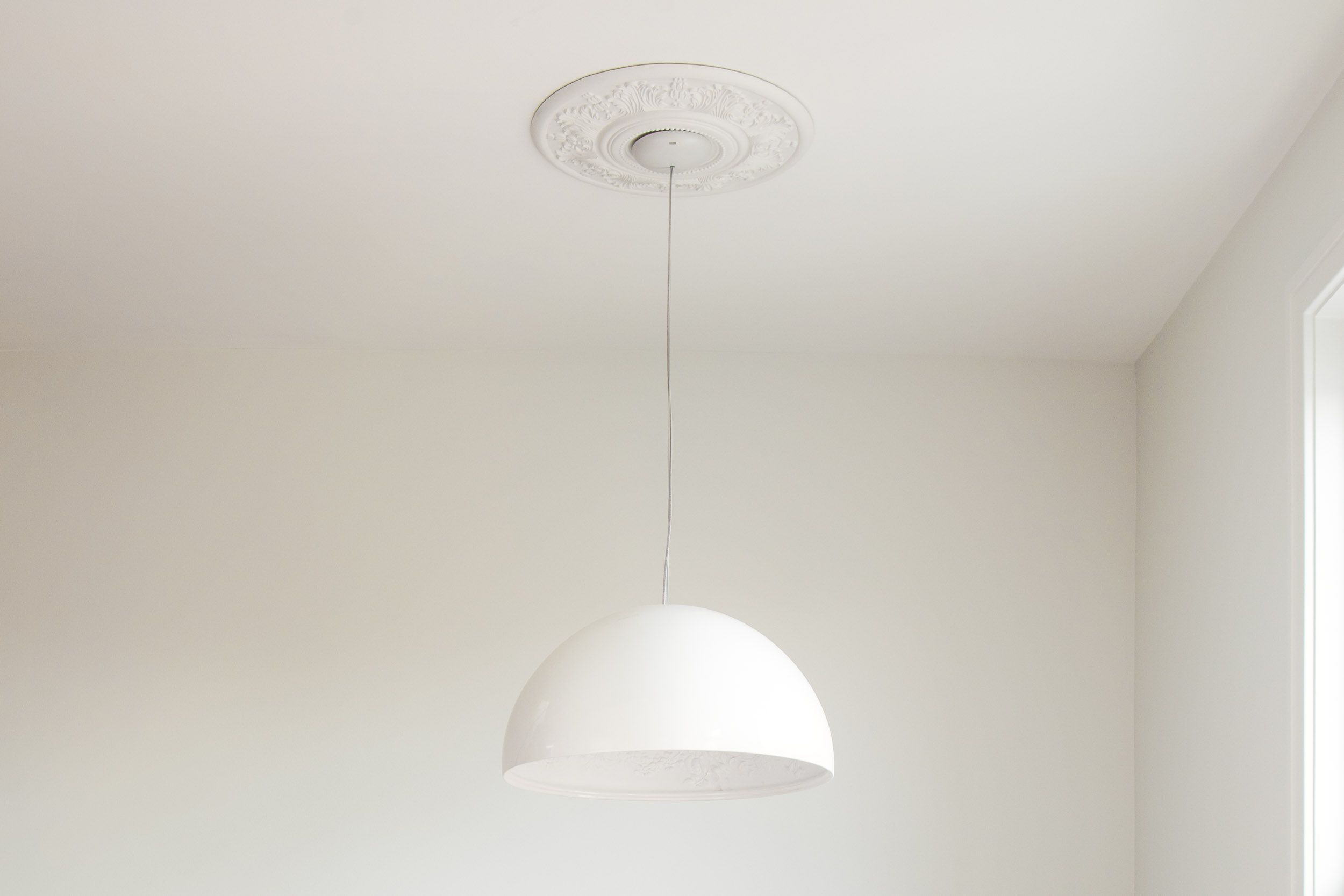

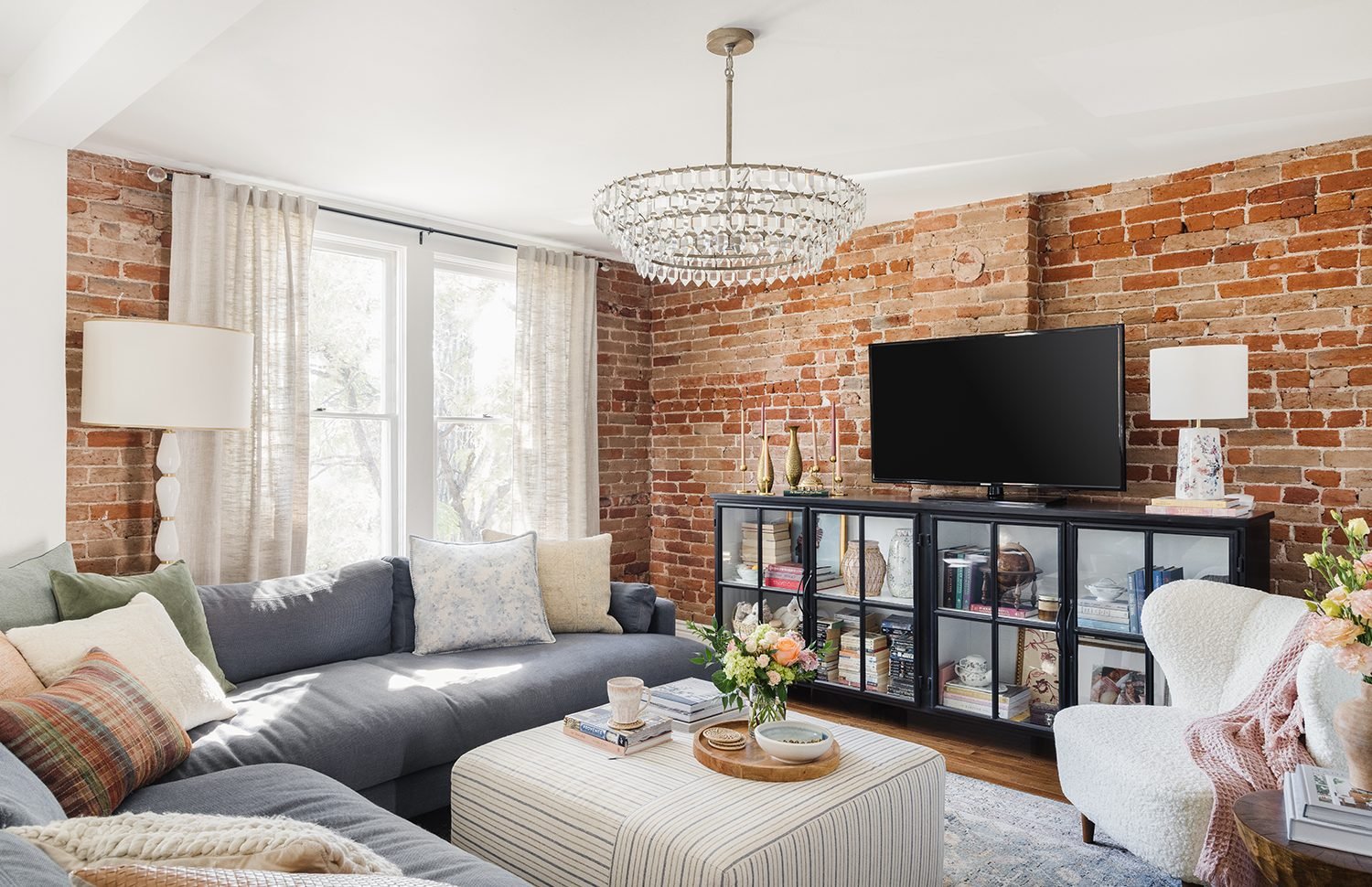

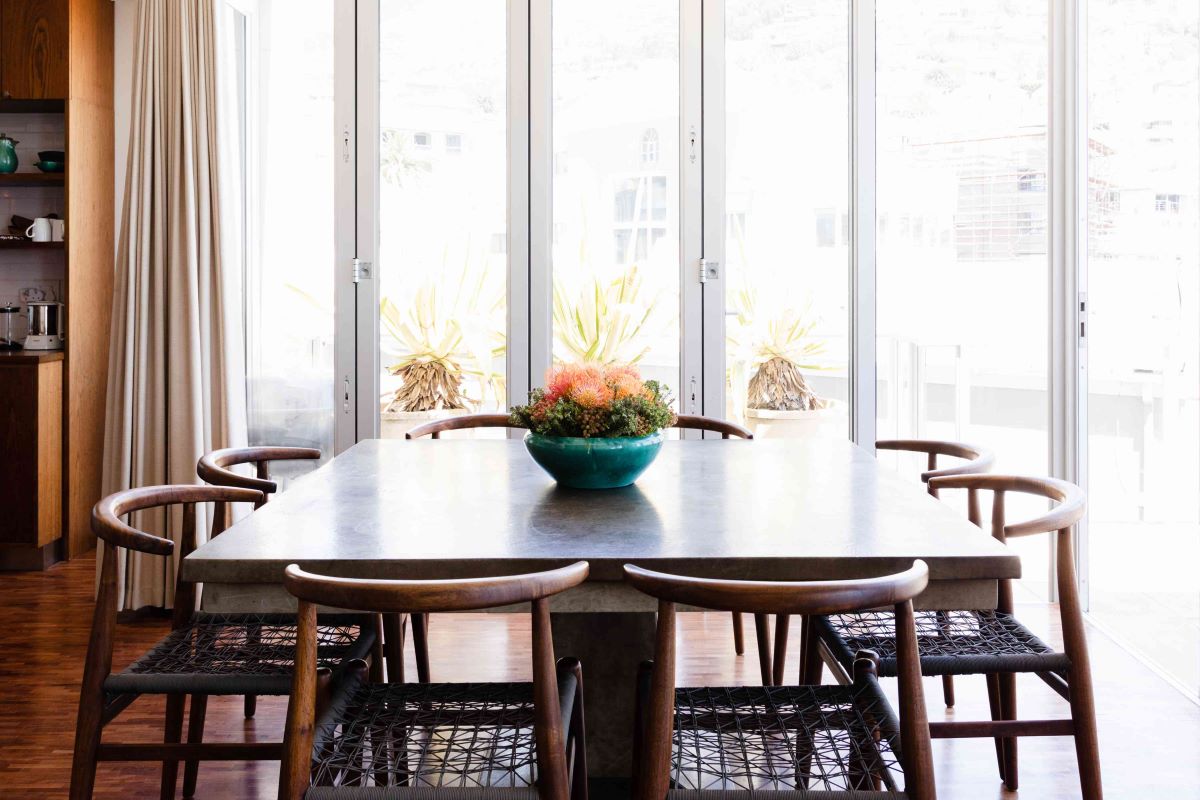

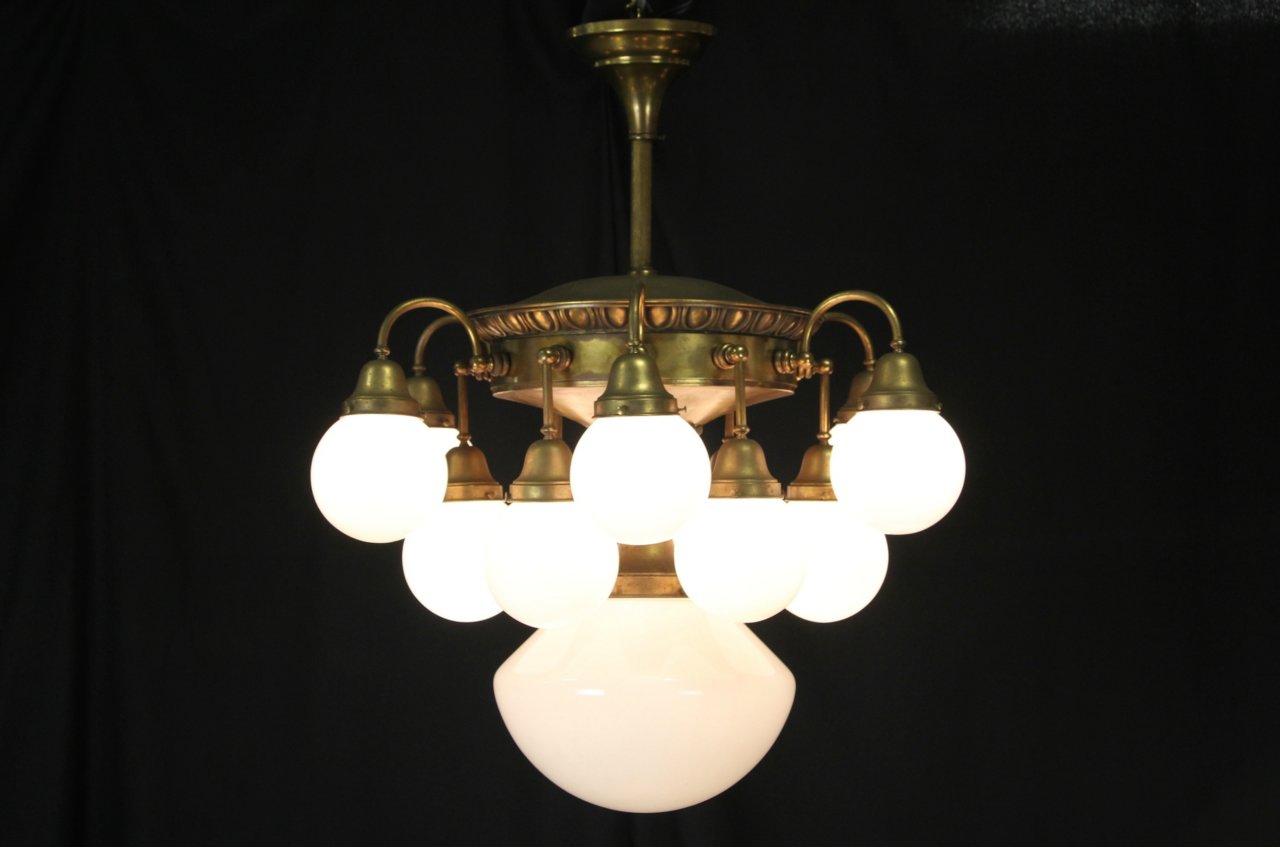


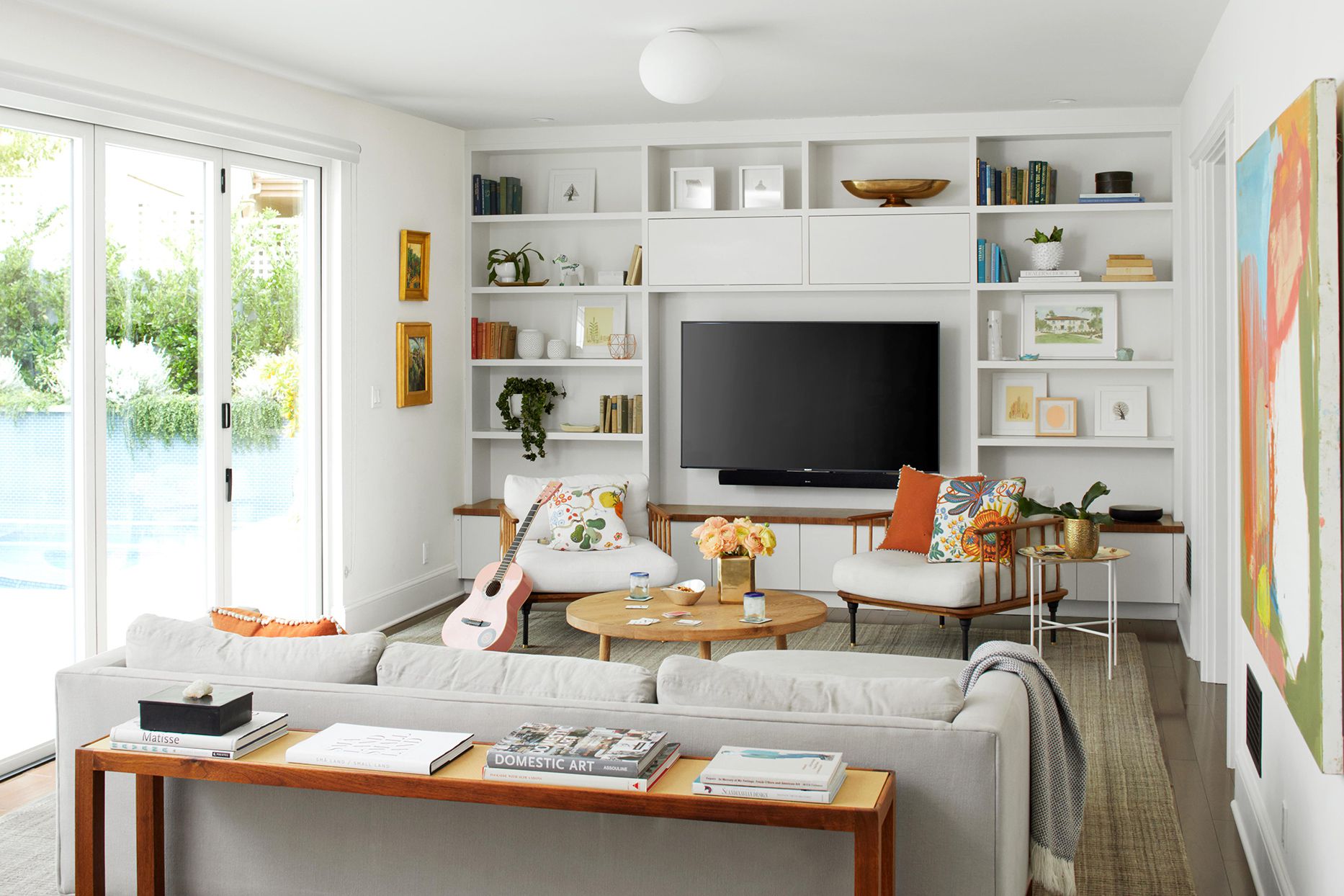
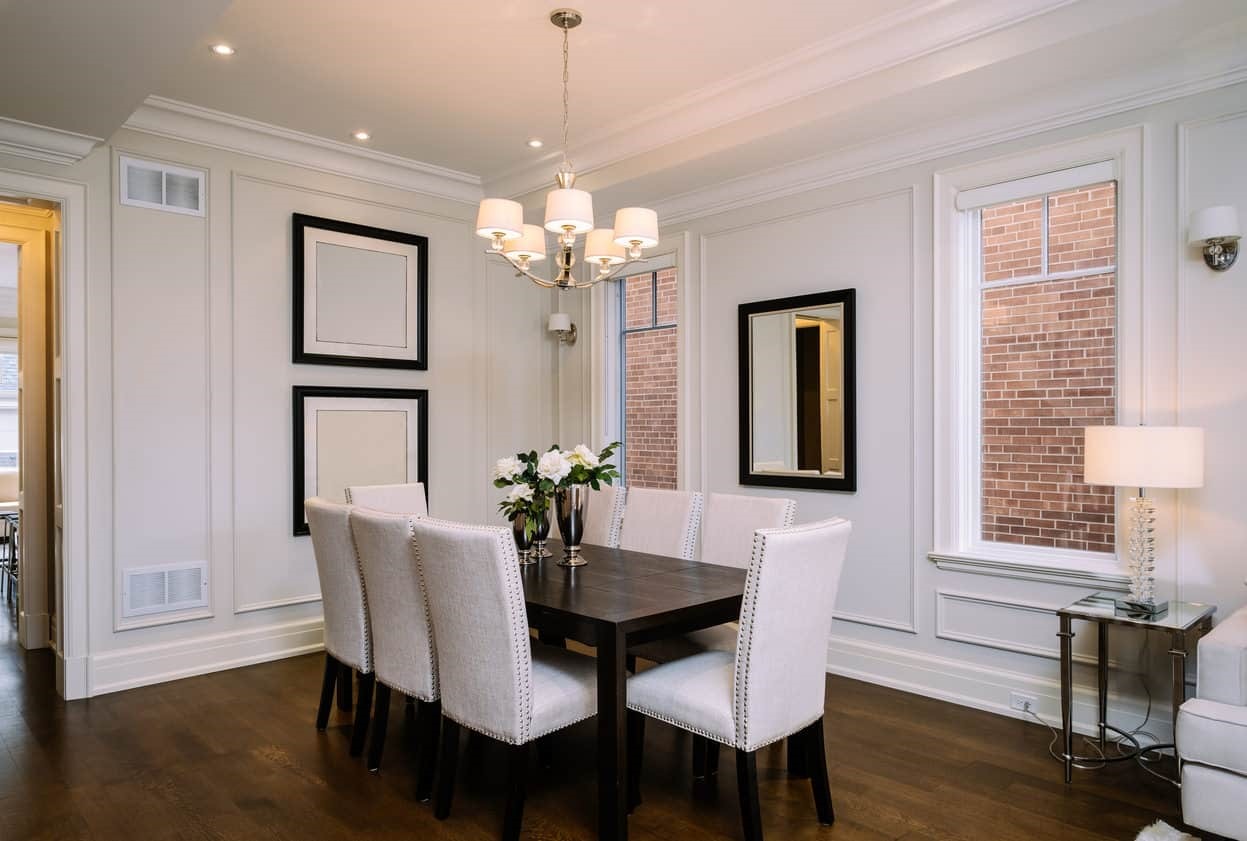
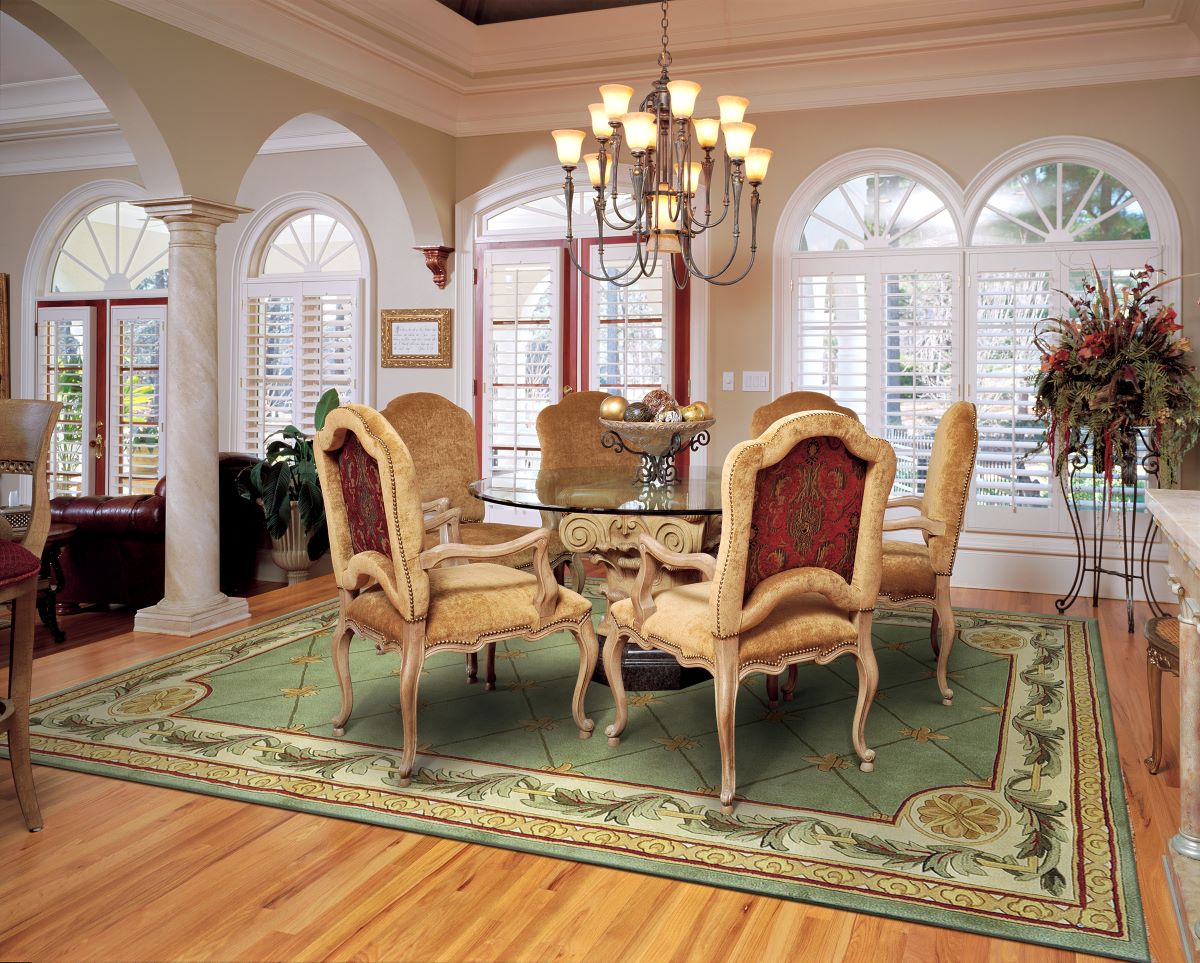

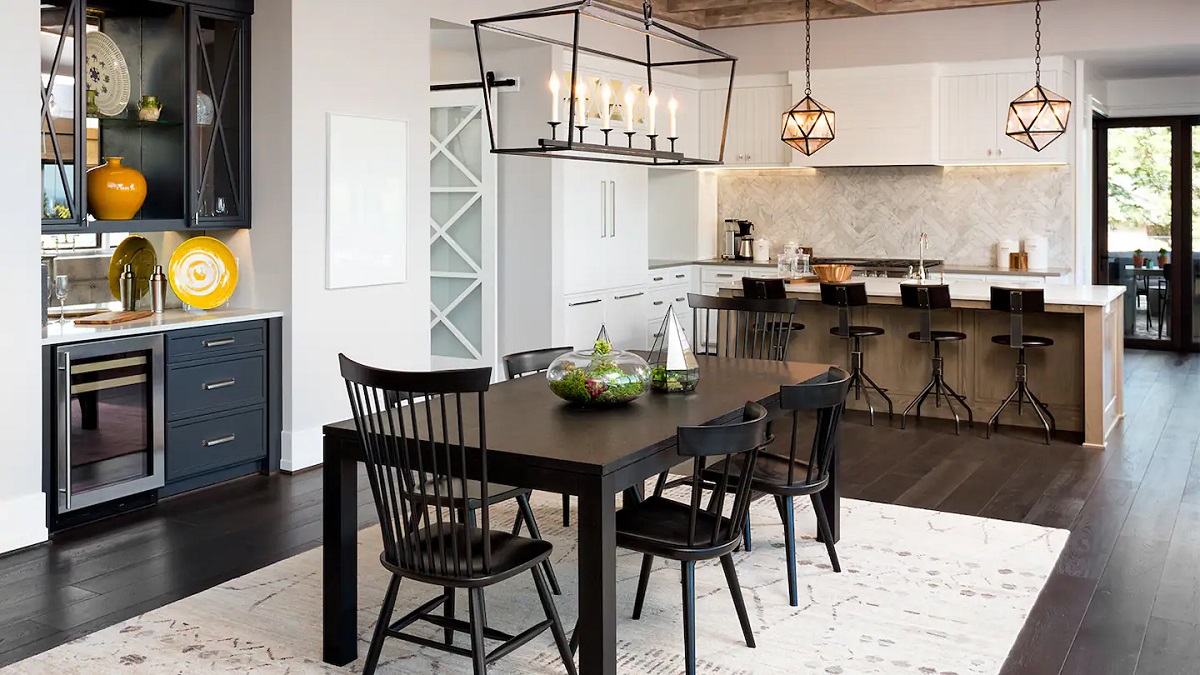

0 thoughts on “How To Size A Chandelier For A Room”